Himalayan Salt origins from mines at the base of Himalayas, and it come in a form of crystal salt. It is the largest base of salt in the world and it dates from Precambrian age. The salt started to accumulate 250 million years ago, under a high tectonic pressure and created free of toxins and pollutants source of salt. The salt today is extracted manually, so salt stays in their natural state and contents 84 natural minerals needed to our body.
The scientific evidence of Himalayan salt benefits is not clear yet, but the healing properties of salt, for local population, are not a novelty. Himalayan salt, a royal salt, was used for medicinal baths ever so 300 B.C. For now, it is clear that Himalayan Salt may postpone aging: it may improve health, improve vascular system, respiratory, blood sugar...

How it Works
The salt contributes with negative ions in environment in order to neutralize harmful effects of positive ions, released by television, refrigerators, computers etc. Himalayan salt make salt crystals fill the air with positive ions. It is proved that such treatment may release from anxiety. The salt may be used anywhere and it clears the air. There are salt candles and lamps with Himalaya Salt on the market.
- Compared to white table salt per kilogram, pink salt contained substantially higher nutrient levels of calcium (2695.09 mg vs. 393.28 mg), iron (63.75 mg vs. 0 mg), magnesium (2655.31 mg vs. 83.94 mg), manganese (2.16 mg vs. 0 mg), and potassium (2406.05 mg vs. 151.68 mg), and lower levels of sodium (394,717.96 mg vs. 427,636.27 mg). Compared to white table salt per kilogram, pink salt contained higher non-nutrient mineral levels of aluminum (76.27 mg vs. 0 mg), barium (0.77 mg vs. 0.01 mg), silicon (131.00 mg vs. 0 mg), and sulfur (7344.70 mg vs. 431.22 mg).
- Mean differences in nutrients according to region (i.e., Himalayas vs. other regions) were found for copper (0.08 mg/kg), iron (54.95 mg/kg), potassium (2507.87 mg/kg), and zinc (?0.41 mg/kg). Differences in non-nutritive minerals were found for aluminum (82.99 mg/kg), barium (0.83 mg/kg), cadmium (?0.01 mg/kg), cobalt (0.4 mg/kg), lead (?0.6 mg/kg), silicon (150.41 mg/kg), and sulfur (?6186.04 mg/kg). A positive mean difference indicates a higher nutrient level in samples of Himalayan origin, while a negative mean difference indicates a higher nutrient level in samples from other regions.
- Copper, manganese, sodium, and cadmium levels were higher in flakes compared to finely ground pink salt. Potassium was higher in coarse samples compared to those finely ground (mean difference: 1171.70 mg/kg). Nickle was higher in flakes compared to coarse pink salt samples (mean difference: 0.20 mg/kg).
- Dark pink samples contained higher levels of calcium, potassium, aluminum, barium, and silicon, and lower levels of magnesium and boron, compared to no color samples. Similar trends were found when dark pink samples were compared to light pink samples; whereas medium pink samples contained higher levels of potassium and barium, and lower levels of magnesium, boron, and sulfur compared to no color samples.
- While the links between high sodium intake and adverse cardiovascular health are well known, a J-shaped relationship between sodium intake and mortality has been recently reported. Research suggests that humans could be genetically programmed with a "personal index of salt sensitivity", which determines the amount of daily salt consumption that will have the least negative impact on their health. It is estimated that 11 to 16 percent of individuals are inverse salt sensitive and need to consume a higher amount of sodium to prevent high blood pressure. Some individuals require up to 10 g of salt per day (2 teaspoons) to lower blood pressure into the range considered safe by blood pressure guidelines (
The candles are useful during the meditation or massage sessions or at the psychiatrist to calm down patients. It is highly recommended for people who suffer from allergy. The salt is transparent, pink or white and there are various uses either in the cooking or as the therapeutic help.
Himalayan Salt Benefits
1) Himalayan Salt may benefit the following: mineral repository, improve sleep, makes a healthy libido, cuts down muscle cramps, balance the blood sugar levels, enhance the vascular system.
2) Himalayan Salt improves respiratory system and clear sinus problems.
3) Himalayan Salt digests and improves better absorption of nutrients at the intestines.
4) Himalayan Salt keeps optimum water levels in the body.
5) Himalayan Salt improves homeostasis in the body and keeps electrolytes and chemicals in balance, to do usual biological functions.
6) Himalayan Salt empowers bones and reduces arthritis, rheumatism, and gout.
7) Himalayan Salt do not loads the body, treats high blood pressure and regulates blood pressure.
8) Himalayan Salt maintains specific pH level in body.
9) Himalayan Salt decreases risk of kidney disorder or creation of a gall bladder stones.
10) Himalayan Salt renovates aging process.
11) Himalayan Salt balances the optimum pH level of a brain cells.


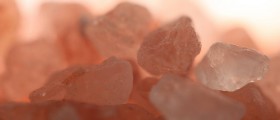

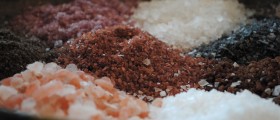
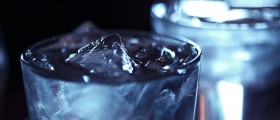
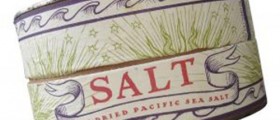
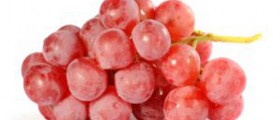
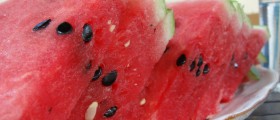


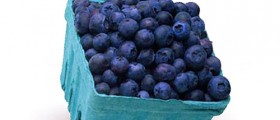
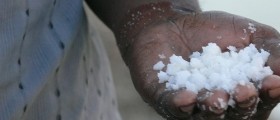

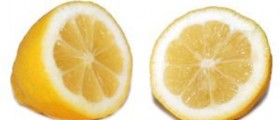


Your thoughts on this
Loading...